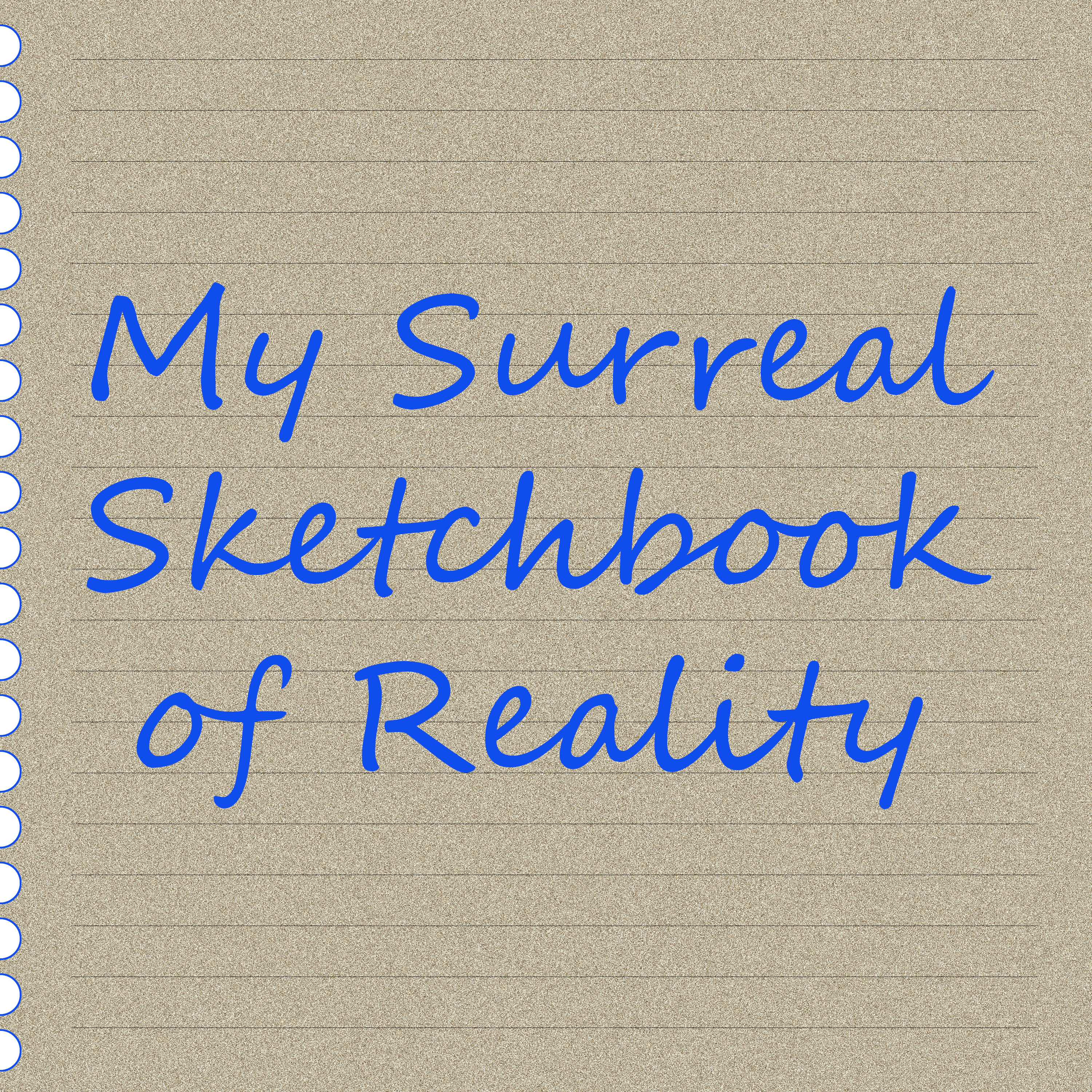- Fiction
- RELATED
Arranged in a Circle

b"Forty - a 100 word story\\n\\n\\n\\nForty butterflies are dancing on my grave. Forty red flowers are arranged in a circle on the cold stone. Forty paid maidens are mocking me. I scream \\u201cI\\u2019m alive, let me out,\\u201d but no voice comes out. The earth tastes sour in my mouth. I\\u2019ve been here for forty years. Still, there\\u2019s no sign of me becoming hungry or tired. I\\u2019m forever doomed by a spell to stay alive in my grave, a spell whispered by the woman I betrayed. The walls of my grave disintegrated long ago. I\\u2019m now part of the soil, here forever, paying the bitter price.\\n\\n\\n\\n-----\\n\\n\\n\\nHi there and thanks for stopping by. I\\u2019m Guy, and you\\u2019re listening to my surreal sketchbook of reality.\\n\\n\\n\\n-----\\n\\n\\n\\nEpisode 19, Arranged in a Circle\\n\\n\\n\\nMoney is the most agreed-upon symbol of exchange. This episode Is a semi-philosophical look at money and the monetary system. I\\u2019m not a professional philosopher by any means and my approach can be quite absurd, illogical and not at all that serious, so - you've been warned. Do not take this podcast too seriously. If you tend to take things too seriously, this might not be the podcast for you. Seriously. I mean it. Find another podcast to listen to.\\n\\n\\n\\nYou\\u2019re still here? Good. Let\\u2019s talk about money. From the dawn of time, people exchanged stuff. You had a cow, you needed five chickens. Your neighbor had five chickens but he needed a cow. You exchanged your cow with your neighbor\\u2019s chickens. There was a problem though. No one knew how many chickens a cow was worth. As roaming tribes turned to city dwellers and then collections of cities turned into countries, a method was devised by the rulers of those countries for the exchange of goods. This method is called the monetary system and it evolved from something called a debit note or the \\u201cI would give you later what I promised you\\u201d note.\\n\\n\\n\\nSometimes, you just didn\\u2019t have the cow to give to your neighbor in exchange for his chickens at the moment. You would write down \\u201cI owe you a cow for five chickens\\u201d on a piece of paper. That was held by your neighbor as proof that you got the chickens but didn\\u2019t yet give him the cow and he could come to you at a later time with that piece of paper demanding his cow. That piece of \\u201cI owe you\\u201d paper evolved into a law binding document called a debit note and that, in turn, evolved into money. You didn\\u2019t have to actually own a cow anymore. All you needed was a piece of paper symbolizing the idea of a cow as an exchange unit. You could get that cow later. In time, the cow was forgotten altogether and that piece of paper called \\u201cmoney\\u201d took up a life of its own, becoming a symbol of the exchange of goods. You can still buy cows and chickens with money, but it\\u2019s not attached to them anymore. Money has become a thing of itself, it\\u2019s own entity. I\\u2019ll take a moment to count all the money I don\\u2019t have. I\\u2019ll be right back.\\n\\n\\n\\n-----\\n\\n\\n\\nPod - a 100 word story\\n\\n\\n\\nI live in a pod. The smell of peas drives me crazy, but the rent is good. The landlord is reasonably flexible. The living space is a little dense, but I get along. It\\u2019s amazing how spacious a place can seem if you organize the furniture just about right. Still, one day I hope to buy my very own carrot. Sure, it\\u2019s long and a little thin, but I like the space better and anyway, green is not really my color. Another thing, if I forget my keys, I can eat my way in. Try doing that with a pod.\\n\\n\\n\\n-----\\n\\n\\n\\nWelcome back. Money is changing, evolving. As a symbol, it was always attached to physical objects. As the monetary system evolved, it was decided to attach the value of money to metals that were considered rare at the time, such as gold and silver. The amount of money distributed was decided by the amount of metals the country had stored. Some of the money was then made of those metals. That\\u2019s why we actually have coins. As time passed, the amount of money far exceded the amount of metals it represented and money became even more of a symbol then a representation of real tangible objects."